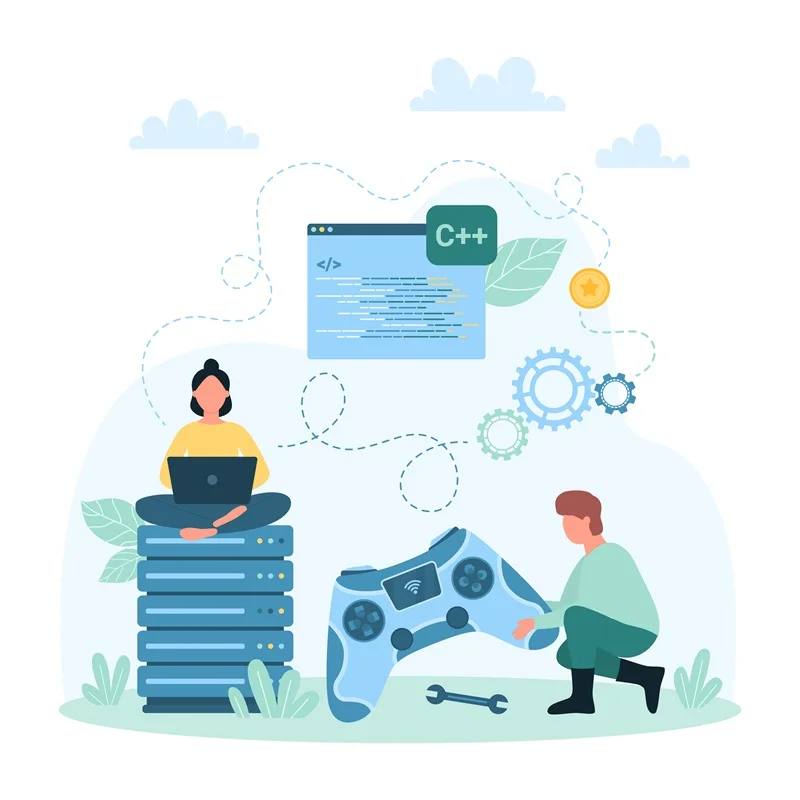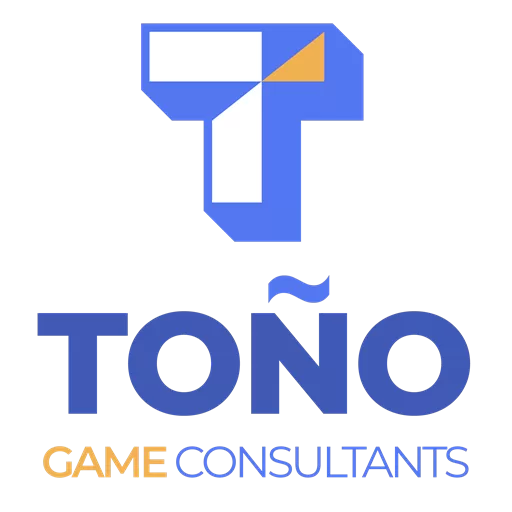Production in game development is often invisible. Producers don’t write code or paint textures, yet they are the force multipliers who make sure the work gets done, done well, and done on time.
Ironically, they’re also among the first roles cut when studios downsize, just after QA. But removing production doesn’t remove the need for it; it just pushes the burden back onto developers and leads. The result? Lost focus, missed deadlines, and preventable crunch
This article explains why technical production matters, how it differs from other types of production, and why even small teams benefit from it. Whether you’re a studio head trying to ship a project, a programmer curious about the role, or an aspiring producer, this is for you.
What Does a Producer Actually Do?
At its core, a producer ensures progress. While programmers, designers, and artists focus on creating the game, producers make sure those efforts align with deadlines, milestones, and budgets.
A key threshold: once your team grows beyond two or three programmers, the coordination tax rises sharply. At first, a general producer may be enough to keep the project aligned. But as your technical team expands, more programmers, more engineers, the complexity of translating requirements, breaking down tasks, and preventing blockers grows too. That’s when the need for a technical producer emerges: someone specialized in bridging programming with production, ensuring technical work stays focused, realistic, and integrated into the bigger picture. In other words, production ensures game project management doesn’t stay theoretical, but drives real progress.
Creative Producer vs. Traditional Producer vs. Technical Producer
Not all producers are the same.
-
Creative Producer: Guides artistic vision and ensures design intent shines through.
-
Traditional Producer: Focuses on scheduling, budgets, and milestone delivery.
-
Technical Producer: Bridges the gap between programmers and the rest of the team. They:
-
Translate designer/art requests into clear technical requirements.
-
Translate “programmer language” back to management.
-
Unblock developers by removing friction before it becomes crunch.
-
This translation layer is what makes technical production so powerful. It turns “we need a system like this” into actionable tasks developers can deliver on.
Why Technical Production Matters
A real-world cautionary tale: a non-technical producer once handed programmers three XXL stories, estimating they could be done in four weeks. After six weeks of sprints and zero visible progress, frustration boiled over.
When the work was properly broken down, the truth emerged: nearly 100 smaller tasks, around eight months of work. The failure wasn’t the developers’ performance, it was the absence of technical production to clarify scope.
This is why story mapping matters early. A technical producer in game development can identify dependencies across systems and teams, seeing what blocks progress, what relies on other work, and how everything fits together. Without that clarity, teams chase unrealistic timelines and collapse into crunch. Understanding the Scrum Master vs Product Owner split helps too—one shields the team from chaos, while the other prioritizes what brings the most value. Without that balance, scope creep and misalignment are almost guaranteed.
Frameworks That Keep Teams on Track
Frameworks aren’t magic, but they provide structure.
-
Scrum: Great for programmers and designers, iterative and predictable.
-
Kanban: Perfect for QA, stabilization, and bug-fixing, where unpredictability is the rule.
A good producer knows when to use each. Misusing frameworks leads to cargo cult practices, copying rituals without understanding how they fit cargo culture.
Production as a Force Multiplier
Producers don’t increase headcount; they increase output. By:
-
Keeping tasks broken down and realistic timelines.
-
Guarding against scope creep.
- They also make sure early technical risks are addressed through processes like engine proof. This avoids teams committing to features their tools can’t realistically support, a mistake that often leads to crunch or abandoned work.
-
Making sure milestones are grounded in reality, not wishful thinking from the vertical slice to shipping the game.
-
Balancing time, scope, and resources, the triple constraint every producer negotiates.
Without production, studios slide into the game dev death spiral, where progress stalls, crunch escalates, and morale craters.
Check Your Team’s Production Health
👉 Is your production setup helping you or holding you back?
Take the Game Production Health Quiz to see where your processes are strong, and where they might be silently slowing you down.
Why Studios Can’t Skip Production
Even the most talented programmers, designers, and artists lose momentum when requirements are vague, priorities shift constantly, or systems don’t align.
Production ensures every hour of dev time contributes to the right goals. Without it, studios burn money and time chasing unclear targets. With it, they can ship with confidence.
Conclusion
Producers don’t write code, but they make sure the code that gets written ships the game. Whether your team is building its first vertical slice or managing an indie/AA/AAA production, strong technical production is the difference between chaos and clarity.
👉 Need help building or refining your production pipeline? Explore my Technical Expertise services, designed to ensure your team has the support, clarity, and momentum it needs to ship.
FAQ
What’s the difference between a traditional producer and a technical producer?
A traditional producer manages schedules and milestones. A technical producer goes deeper, understanding enough about systems and pipelines to translate needs between disciplines and keep programmers unblocked.
Does every team need a technical producer?
Not necessarily. But once you have 2–3 programmers, the coordination load makes production essential if you want to avoid wasted time and unclear priorities.
Do technical producers need to know how to code?
Not necessarily. While some come from programming or engineering roles, it isn’t a strict requirement. What’s essential is that they understand enough about programming and production methods to manage dependencies, clarify scope, and keep the team on track. Familiarity with design or art pipelines can help, but the core focus is on technology and process.
Can a lead programmer replace a technical producer?
Yes. A lead programmer or technical lead can effectively take on the responsibilities of a technical producer for their team, as long as they’re leading up to nine other people. That’s part of what the “lead” role entails. Where a dedicated technical producer adds value is when no technical lead exists, or when production needs grow beyond what a lead can realistically manage alongside their coding duties.
Can a technical producer prevent crunch?
Not entirely. Crunch often comes from external pressures like executive deadlines or funding milestones. What a technical producer can do is minimize the risk, by flagging unrealistic timelines early, pushing back on unclear scope, and creating workflows that reduce rework. They can’t stop crunch orders from above, but they can help teams avoid walking blind into it.


